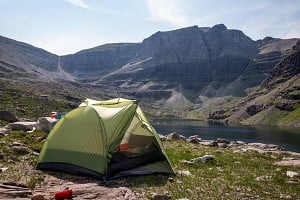
The Lightwave Trek range is the mid-spec range of tents from Lightwave. It doesn't have quite the lightness and the high-performance fabric of the Ultra range but is still a top end performer. The trade off is obviously that the Trek range are slightly heavier, but they also come in at a lower price bracket.
Specifically reviewed here is the big daddy of the range - the G30 Trek XT - although the main features apply across the range. The basic Trek tent doesn't have the extra pole for the extended porch which is only included in the XT models.
The Trek tents are geodesic in design - tunnel versions are currently available, but are set to be replaced by the new 'Trail' range of tunnels (which are effectively identical to the current Trek models with the single distinction of being multi-pitch instead of just inner first).
Our Trek G30 XT was easy and quick to pitch. The inner section is assembled first and then you throw the outer on. One feature of Lightwave tents is the small velcro straps to fasten the outer onto the inner (see photo below). I am not sure about these since they are a little awkward to put in place, however in our usage we found that you only really need to fasten the front central one if you are in a hurry to get the inner covered.
One of the main features of the Trek range, especially the XT models, is the internal space design which features a distinct sleeping area and porch area for your extra clutter. Being the biggest in the range the G30 Trek XT has the biggest porch area of any tent of this size I have ever used. You can basically stuff all your kit in here and still have room to sit and cook while well sheltered from the weather. For the XT models there is a door opening on either side of the porch which ensures you can always keep the open door out of the wind. The tents without the XT porch will need slightly more careful pitching to avoid a face full of cold wind and rain when you pitch it facing into the wind by mistake.
Once inside the sleeping area is generous. The G30 XT describes itself as a 3 person tent. I would say that it would be a little cosy for three large bodies but then most lightweight tents tend to be snug. Obviously the generous porch does mean that you can easily accommodate the extra kit for three people in the front section though as long as you are happy in the main tent.
As mentioned, the Trek Range is made from solid materials. The groundsheet actually uses a 150-dernier polyester which is a little thicker than many tents making it more robust and waterproof. It does add to the weight but means you can always be sure of keeping dry.
One problem that many tents which use poles on the inner with a fly stretch over the outer suffer from is that the two layers of fabric touch in this middle area here which can leave wet spots and also blocks the side air movement between the layers. A solution used in a few tents now, and here in the Trek tents, is this light sponge to hold the two layers apart.
Ventilation is an important feature of all tents - particularly small ones. Here the Lightwave tents have some interesting features. These front eyes enable you to open up the air flow through the tent and also led us to dubbing the tent the 'hippo'. A similar vent at the back works with a solid divider holding open the vent which can be flipped flat when repacking the tent.
Stability is key for all high-performance tents. You need to be sure it will stay up in the worst of weather. These geodesic models are particularly stable when set up although we have been lucky enough to escape any really nasty weather during the time we have been testing it. During the strong wind we got on one night in Pembroke, the tent performed exactly as you would expect of a tent of this spec - solid, robust and no signs of movement although there was a little flappage noise from the porch - a small price to pay for that extra space though. A multitude of guy attachment points means that you have several options for attaching the guy ropes when pitching although in most weather you probably won't need them.
The pegs on the Lightwave are a striking design made from lightweight alloy. They are slightly painful to place by hand though, and even more painful to remove unless you use the technique illustrated above. Again, the weight saving is worth it though since these are very light and robust pegs that do the job.
The poles are made from the same alloy used in the majority of backpacking tents around the world and guylines are made from 3mm nylon.
Summary for the Trek G30 XT - Overall this is a great tent for backpacking. At 3.55 kilos it isn't the lightest tent around, but if you have gone for this model then you will almost certainly be after the extra space it affords. There are smaller and lighter versions available with less porch, going right down to the T10 one person tunnel model at barely noticable 1.65 kilos. During our first trip with the tent went down to Pembroke and spent part of the first day walking along the stunning coast path above the beach at Caerfai. I floated the idea of walking the full Pembrokeshire Coast Path to son Sam and this was greeted with great enthusiasm, especially now we have a lightweight camping option to carry with us. The importance of having the right tent on a trip like that - light but weatherproof, reliable and simple to pitch - is obvious, and the Trek G30 XT certainly fits the bill.
| Lightwave Trek Range | Weight | Size | Pole Style | Price | More Info |
| Trek t10 | 1.65kg | 1 person | Tunnel | £250 | web link |
| Trek t10 XT | 1.85kg | 1 person | Tunnel | £299 | web link |
| Trek g20 | 2.60kg | 2 person | Geodesic | £299 | web link |
| Trek g30 | 2.85kg | 3 person | Geodesic | £340 (2012 price: £350) | web link |
| Trek g20 XT | 3.00kg | 2 person | Geodesic | £360 (2012 price: £375) | web link |
| Trek g30 XT | 3.35kg | 3 person | Geodesic | £399 (2012 price: £430) | web link |
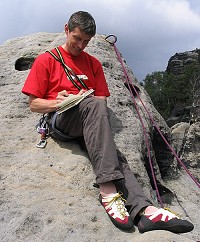

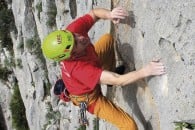


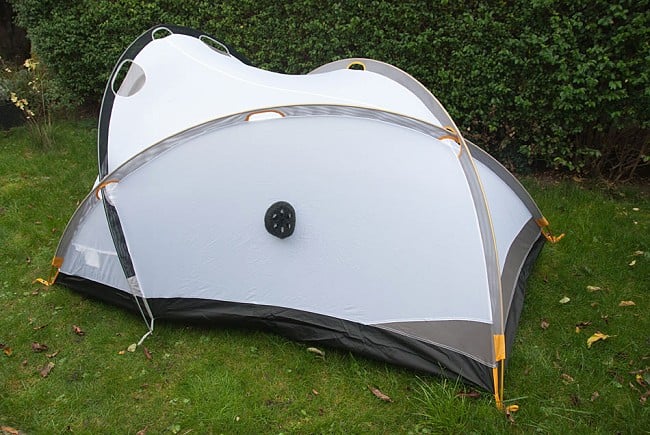
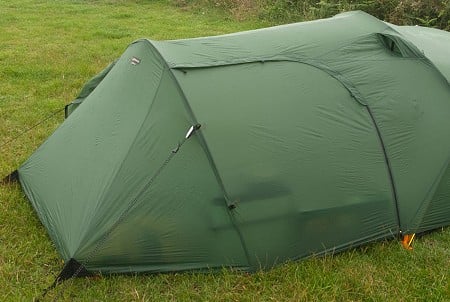
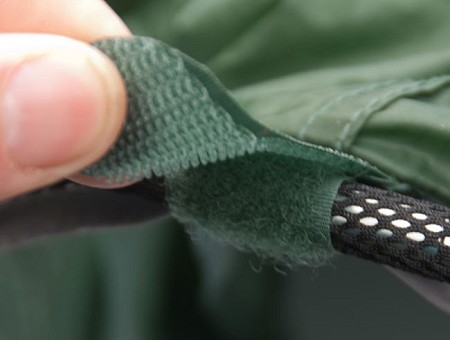
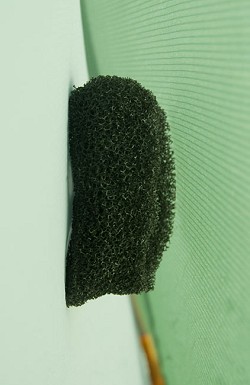

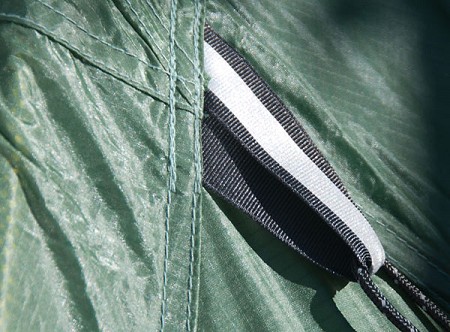
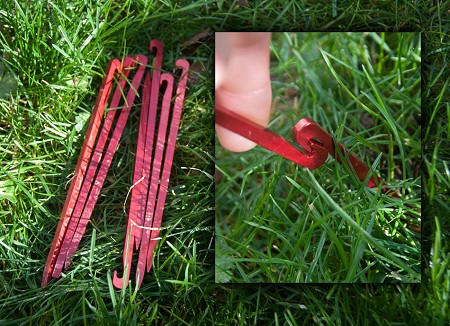
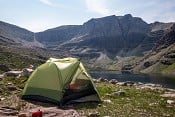
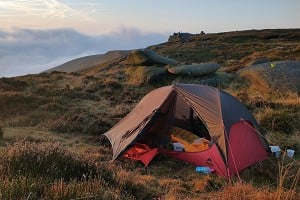
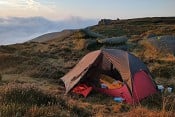
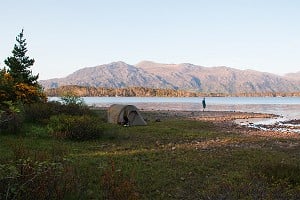
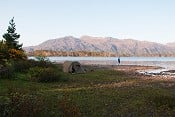
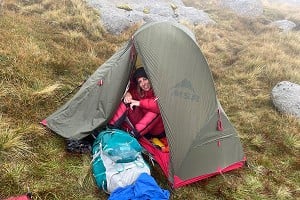
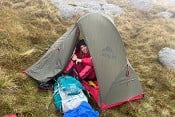
Comments